Kumquats: [Planting, Care, Irrigation, Substrate, Pests and Diseases]
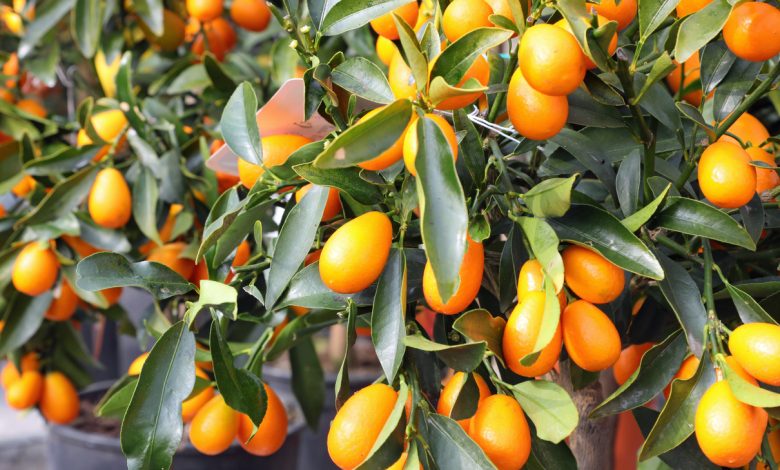
Kumquats are perennial plants and belong to the Fortunella genus, from and to the Rutaceae family where there are 4 species of small trees and shrubs originating from Japan and China.
Important points when planting kumquats
 Where to sow? In full light. It needs a lot of sunlight.
Where to sow? In full light. It needs a lot of sunlight.- When? in spring
- How do we prepare the land? Removed, removing weeds. With substrate rich in nutrients and organic matter.
- How do we water? With drip.
- How often do we water? In summer, daily. The rest of the year spaced irrigations, which can be once a week.
- Plagues and diseases? Red Spider, Whiteflies, Citrus Miners and Root Rot.
Characteristics of kumquats
 The four species of kumquats are: Fortunella japonica, Fortunella hindsii, Fortunella polyandria, Fortunella margarita. The plant gets its name as a tribute to the 19th-century Scottish botanist Robert Fortune.
The four species of kumquats are: Fortunella japonica, Fortunella hindsii, Fortunella polyandria, Fortunella margarita. The plant gets its name as a tribute to the 19th-century Scottish botanist Robert Fortune.
The common names of kumquats are: dwarf orange, Chinese orange, Japanese orange, kumquat, Cumquat or Quinoto.
Kumquats are the smallest fruit of the types of citrus that exist. They are also called dwarf orange trees and are shaped like small bushes.
When to plant kumquats?
The best time to sow kumquats and plant them is in the spring.
Kumquats are grown as fruit trees, but primarily for ornamental uses in locations where mild climates predominate, or in pots in temperate climates.
Where to plant kumquats?
 The kumquats plant must be located in the light since it requires exposure to the sun, with temperatures that are not too high and the most important thing is that it does not like the cold because it slows down its growth.
The kumquats plant must be located in the light since it requires exposure to the sun, with temperatures that are not too high and the most important thing is that it does not like the cold because it slows down its growth.
Kumquats, like all citrus fruits, are plants that do not tolerate low temperatures , therefore, to be able to grow them in areas where it is cold, they are normally planted in containers.
In this way, they are given protection during the low temperatures of winters.
If planting indoors, the best place to locate the kumquat plant is near a south-facing window, as it will receive maximum natural light.
You have to be very careful with the changes of place since the kumquats are affected by it and it can cause all their leaves to fall.
How to prepare the land for growing kumquats?
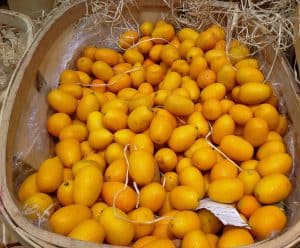 For kumquats, the soil must be prepared to drain well, since waterlogging usually causes diseases.
For kumquats, the soil must be prepared to drain well, since waterlogging usually causes diseases.
The substrate must be rich in nutrients and with a pH between 5 and 6; but the most important thing is that it is well drained.
It is recommended to use a substrate with 1/3 sand that is soft and rich in organic matter, placing a bed with clay stones so that they absorb the water that the kumquats will use when they feel the lack of humidity.
As for the substrates, and after many experiments, science has invented chemical powders and fertilizers that tone the soil for the cultivation of citrus plants such as kumquats.
How do we water kumquats?
 In the case of the kumquat, it should receive at a rate of 2 liters of water per plant every 15 days, taking into account that they do not do well with drought, but neither with excess water.
In the case of the kumquat, it should receive at a rate of 2 liters of water per plant every 15 days, taking into account that they do not do well with drought, but neither with excess water.
These plants must be watered with soft water, so it is recommended to let the water rest so that the lime settles. With daily watering in summer and weekly watering in winter, it will be perfect for kumquats.
To check the humidity of the soil or substrate, you can put your fingers or any pointed wooden stick in the pot to check if it is wet or if, on the contrary, it is very dry.
To know how to water kumquats, he recommends following the advice of experts and gardeners: Keep the humidity uniform, always water at dusk or first thing in the morning; always keep the leaves dry and place the appropriate amount of water.
How to plant kumquats step by step?
For some gardeners, the sowing and multiplication of kumquats is not very easy or simple, since it is done by grafting on another species and can also be done using seeds whose process is quite slow.
For that reason, they recommend that you buy the kumquat specimens directly at garden centers and plant stores, in order to have a good specimen.
To achieve a beautiful composition with kumquats, you can follow these steps:
- Choose a pot that is quite tall.
- Fill with universal substrate and special fertilizer for citrus, which will prevent the leaves from turning yellow.
- Locate the kumquat plant in the center.
- Arrange around kumquats, solanum plants, pansies, and ivy for hanging support.
- Water and place in a very bright place.
- It will make a nice garden arrangement as solanums have small, round berries or fruits in orange and red colors that go very well together.
- Placing a little granules at the base of the kumquats will make them continue to grow year after year and offer fragrant flowers and delicious fruits.
To know more, you can see: Kumquat cuttings.
What favorable associations does it have?
 The association of crops of compatible plants produces benefits with respect to their cultivation separately, in addition to the use of light, water and/or nutrients.
The association of crops of compatible plants produces benefits with respect to their cultivation separately, in addition to the use of light, water and/or nutrients.
Some gardeners use kumquats by making a composition with other citrus species that harmonize with the orange color of the plant’s fruits.
What pests and diseases does it have?
Like citrus plants of their species, kumquats suffer from chlorosis. If irrigation is carried out with hard water, iron chlorosis would be generated, which can be detected by observing that the leaves turn yellow and the fruits do not grow well.
It is also attacked by the red spider mite, which can be seen because the leaves turn yellow and small bites are observed.
To attack the red spider, a specific acaricide must be applied and preventive treatments can be carried out, avoiding dry, hot and poorly ventilated environments.
Root rot, due to excess water. Hence the importance of letting the substrate dry. To attack this disease a fungicide is applied.
Tiny white flies. This insect sucks the sap. To eliminate them, kumquats are sprayed with a contact or systemic insecticide.
How long does a kumquat live?
It maintains a variable life cycle depending on the conditions that are managed in the environment where it is sown, calculating an average of about 40 years.
How long does it take to grow a kumquat?
Being a small tree with good growth speed, an adult version could be had in about 5 years.
How long does it take to produce fruit?
It is capable of starting its fruit production from 3 years of life.
Can it be grown in a pot?
It can be cultivated without any inconvenience in a pot and enjoy the production that corresponds to its dimensions.
How many times does a kumquat produce fruit?
The normal thing is that it generates a single production of fruit per year. The good news is that it does so in abundance.
Should a kumquat be pollinated to get fruit?
Yes, it should be pollinated and this is achieved thanks to the intervention of pollinating insects, mainly bees.
How cold can a kumquat tolerate?
It does not get along well with frost, although it is capable of living in areas with some cold in winter. Ideally, keep it above 5° C.
How many kumquats can be planted per hectare?
A measure of 100 to 150 kumquat specimens per hectare is established, which allows obtaining an approximate production of 10 thousand kilos of fruits.
What kind of fertilizer does a kumquat need?
It needs to have nutrients available and it is best to apply doses of NPK fertilizer with a higher number of nitrogen.
How much heat and/or drought can a kumquat tolerate?
The hot season is his favorite time of the year, so he will not suffer even with very strong waves that touch 40° C.
Of course, you have to be attentive to risks because it does not like to live in droughts.
Bibliography and references
- Encyclopedia My first knowledge about Plants, Snakes and Conservation. (1961). Spanish edition by Dr. Frank Thompson. Grolier Publisher Incorporated New York. Printed in Mexico.

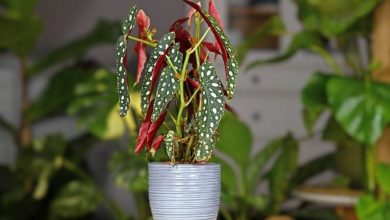
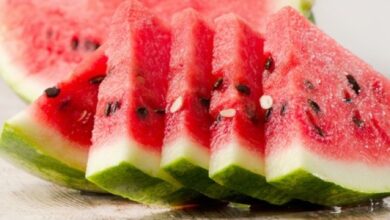
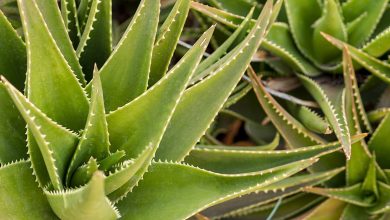
![Photo of Clavelina Cuttings: [Concept, Period, Rooting and Planting]](https://www.complete-gardening.com/wp-content/uploads/2022/08/clavelina-cuttings-concept-period-rooting-and-planting-390x220.png)